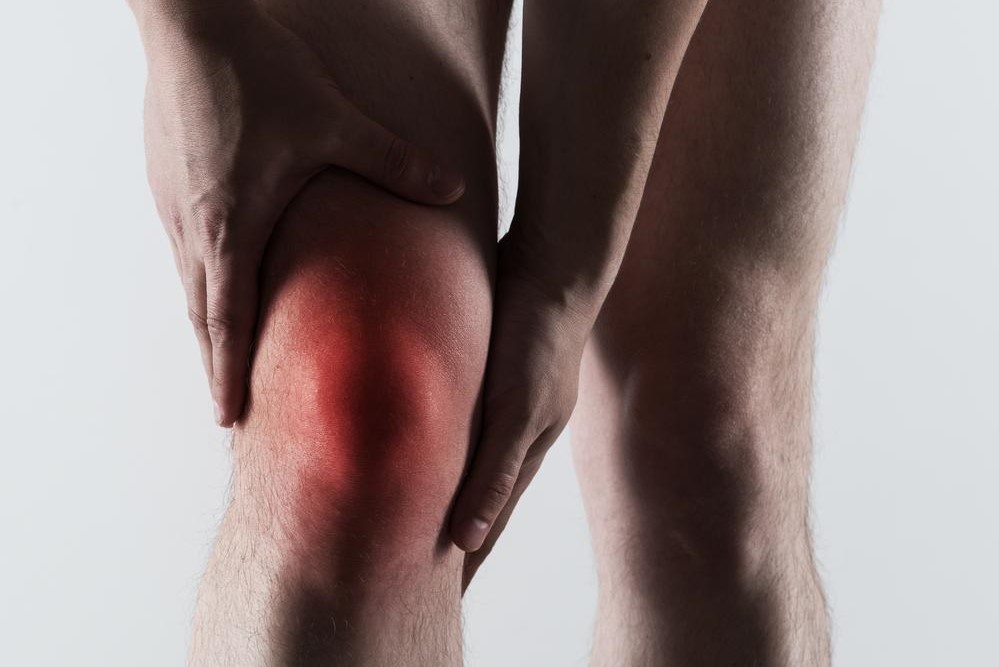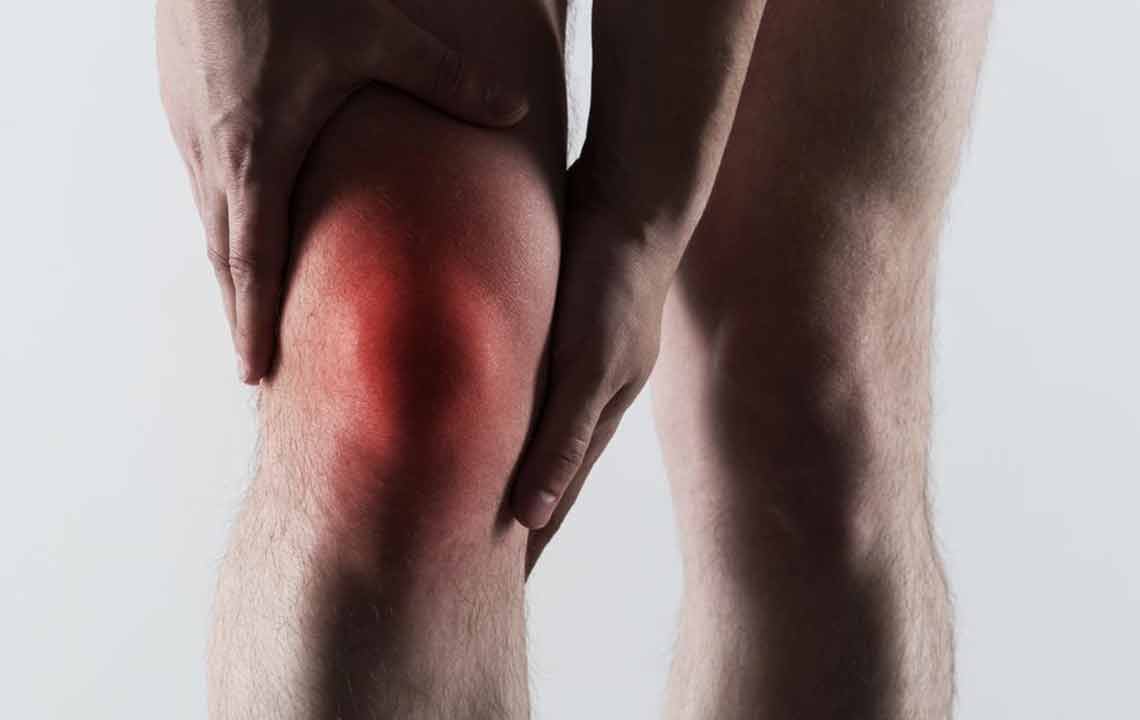Understanding Hip Discomfort: Causes, Symptoms, and Management
Discover key insights into managing hip discomfort, from common causes like arthritis to treatment options such as exercises and surgery. Recognize symptoms early and seek medical advice to prevent worsening issues. Early intervention can improve mobility, reduce pain, and enhance overall joint health.

Understanding Hip Discomfort: Causes, Symptoms, and Management
The hip joint connects your thigh to your pelvis, supporting movement and stability. Pain originating from the hip can sometimes stem from surrounding tissues or structures, not just the joint itself.
This ball-and-socket joint is engineered to handle extensive wear and movement, making it the largest joint in the body. Pain felt around the hips can also radiate to the groin and thigh areas, complicating diagnosis.
Certain injuries and health conditions can lead to hip discomfort. Common causes include inflamed tendons and osteoarthritis. Other issues such as trochanteric bursitis and hip fractures may also be responsible.
When should you see a doctor?
If your hip pain persists for several days, seek medical advice for proper diagnosis and treatment.
If your hip bleeds or makes clicking sounds – immediate evaluation is necessary to determine bleeding or exposed tissues.
Look for swelling, deformity, or redness around the joint, which require prompt attention. Symptoms such as swelling, tenderness, warmth, or persistent soreness indicate urgent care is needed.
For conditions like arthritis, physicians will ask detailed questions about your pain patterns, daily activities, and mobility issues before recommending treatments.
Available Treatment Options for Hip Discomfort
Treatments vary based on pain severity, ranging from conservative methods like exercises to surgical interventions. The goal is to reduce pain and restore movement:
Strengthening and stretching exercises –
Medications –
Various drugs help manage hip discomfort by reducing inflammation and pain, and preventing further joint deterioration. Common medications include NSAIDs, corticosteroids, analgesics, and bone health drugs.
Surgical procedures –
Surgery is considered when conservative treatments fail. Options include total hip replacement, hip resurfacing, arthroscopy, and osteotomy.
**Total Hip Replacement:** Replacing damaged joint parts with prosthetic components—used for irreparable damage causing persistent pain.
**Hip Resurfacing:** For younger patients, reshaping the femoral head and covering it with a metal cap instead of full replacement.
**Arthroscopy:** Minimally invasive, involves small incisions to insert a scope for joint repairs.
**Osteotomy:** Removing damaged bone and reshaping the joint, often for arthritis cases.
While osteoarthritis has no cure, early diagnosis and management through medication, exercise, and weight control can significantly improve quality of life. Consult your healthcare provider early for personalized treatment planning.










